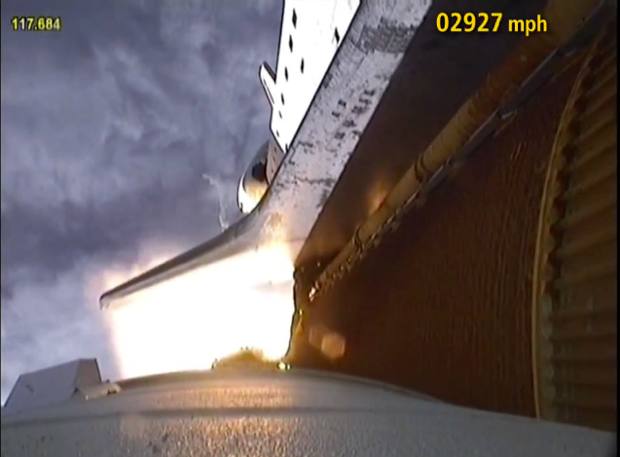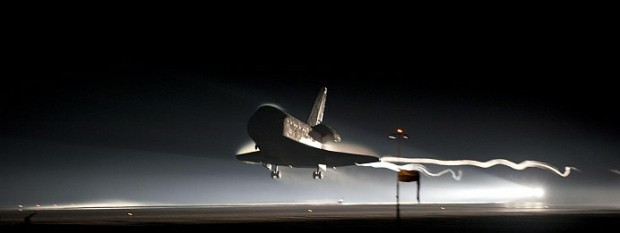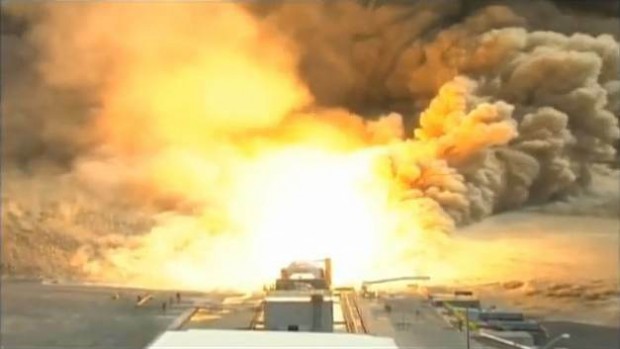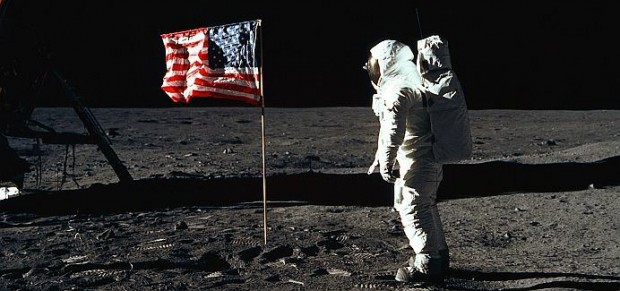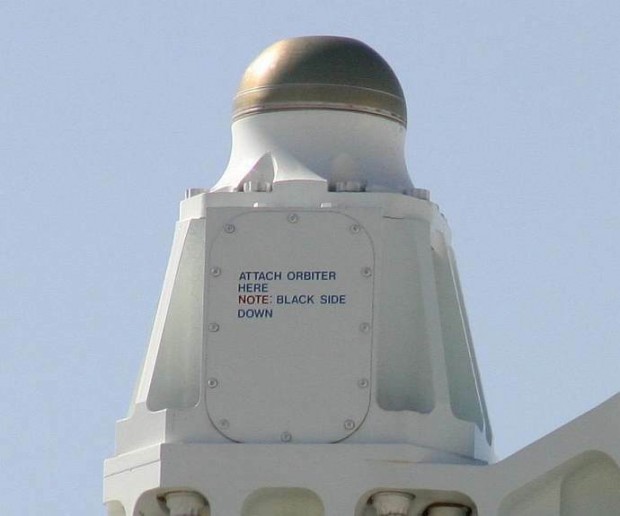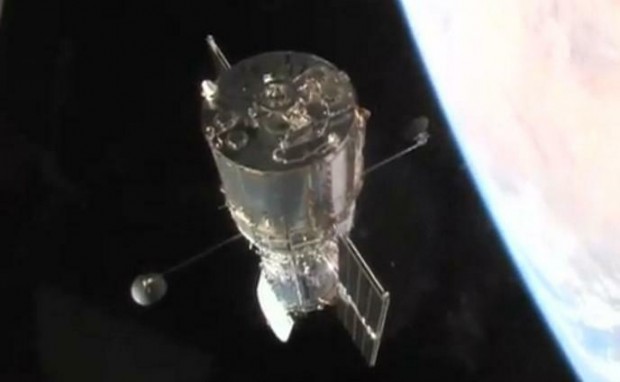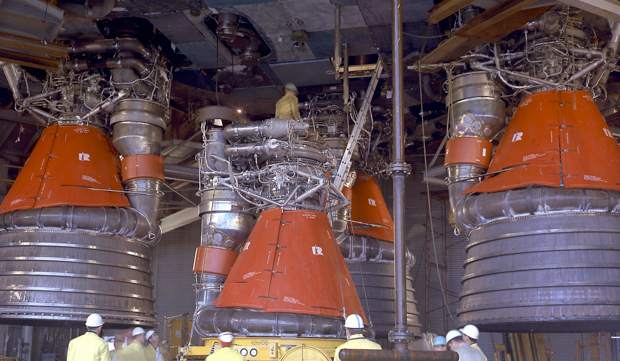
The Saturn V was perhaps the greatest rocket ever built. Quoting Wikipedia:
It remains the tallest, heaviest and most powerful rocket ever brought to operational status and still holds the record for the heaviest launch vehicle payload.
The first stage (S-IC) was made of several F-1 rockets. Check out an old video to get an idea of how powerful they really were. The last launched in 1973, and there are a few (shell’s at least) as museum exhibits. We’ve got little left to remember them by. Unlike the Shuttle SRB’s they weren’t reusable. They just went to the bottom of the ocean. The most famous of them all are the ones that sent Apollo 11 on their way to the moon.
Jeff Bezos announced:
I’m excited to report that, using state-of-the-art deep sea sonar, the team has found the Apollo 11 engines lying 14,000 feet below the surface, and we’re making plans to attempt to raise one or more of them from the ocean floor. We don’t know yet what condition these engines might be in – they hit the ocean at high velocity and have been in salt water for more than 40 years. On the other hand, they’re made of tough stuff, so we’ll see.
They are still property of NASA, so lets hope they are willing to let them go to a museum. If Bezos’s suggestion for The Museum of Flight isn’t suitable, perhaps The Smithsonian would be. They have the Command Module (CM) already in the National Air and Space Museum.


